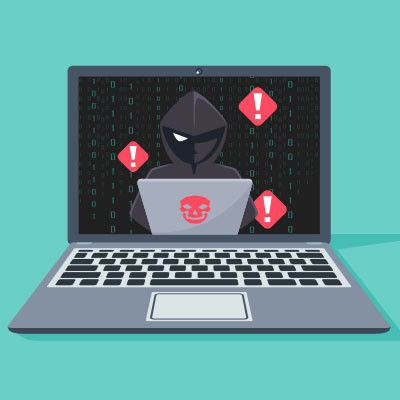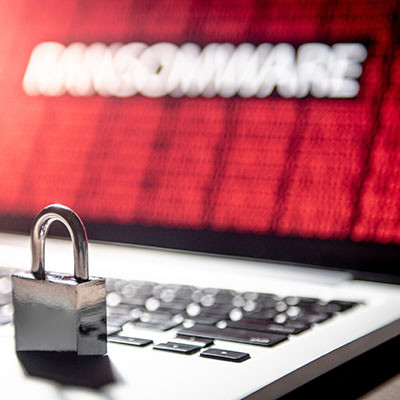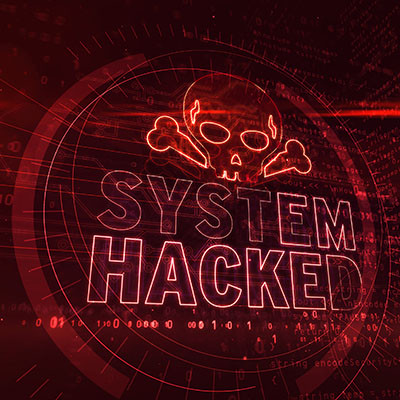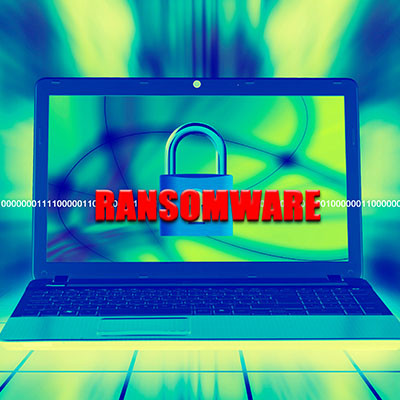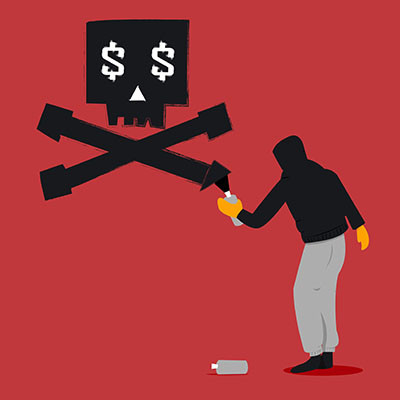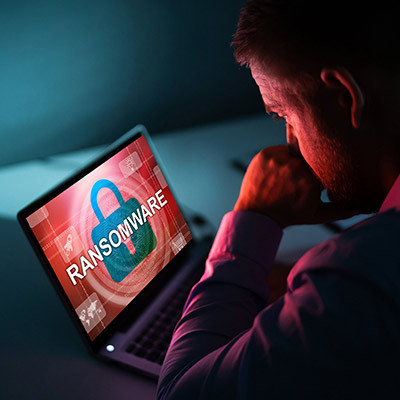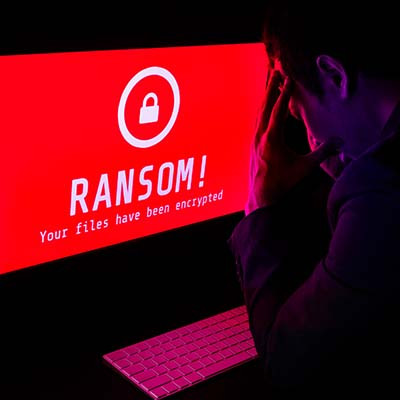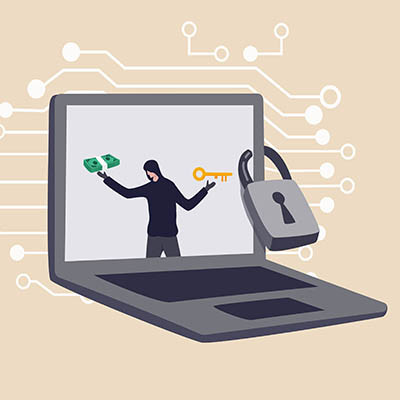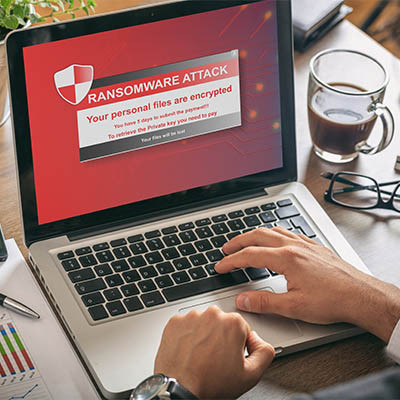As the year winds down, it’s time to start looking at 2024 and what the year could mean for local organizations. It’s likely that most businesses are putting together their operational plans and marketing budgets, and all of that is certainly important, but there are some major situations at play that could cause your business to suffer from major losses and rack up huge expenses if decision-makers aren’t prepared for it.
Martech Business Solutions Blog
Perhaps the most dangerous and notorious modern malware, ransomware affects businesses and industries without any regard to size or scope. It can even impact individual users and get away with it. We urge businesses to consider the other dangers associated with ransomware beyond just paying the ransom, as they extend far beyond and could have lasting impacts on your operations.
We throw around the term “ransomware” an awful lot, and while we’re confident that most people have some level of familiarity with the concept at this point, it is important that we acknowledge that not everyone has our experience in dealing with it. As such, we wanted to answer some of the questions we hear fairly often about ransomware.
It sincerely seems that every other day features news of another cyberattack, and it isn’t uncommon for the word “ransomware" to be tossed around an awful lot. Let’s take a few moments to go over—or review—what ransomware is, and arguably more importantly, how to handle any you or your team encounters.
Let’s say, hypothetically speaking, your business was infected with ransomware, and—despite our advice not to—you decided to pay the ransom. Once the money’s handed over, that’s the biggest cost that you might be subjected to, right?
Not so fast. Ransomware has many more impacts than that, each of which come with their own costs as well. Let’s dive into some of the other factors that also contribute to the cost of ransomware.
For years now, cybersecurity experts have reiterated time and again that it was only a matter of time before smartphones would become a target for major cyberattacks like ransomware. The facts are that most people use smartphones and most of these devices aren’t really protected with active antivirus software. It stands to reason that ransomware is developing into a major trend in mobile cybercrime. Since ransomware is the grand-daddy of threats, keeping it off your systems is essential.
Cybersecurity is not an exact science, but it is something that you can definitely work diligently at. This will often help your organization do more to handle the risks of doing business in the online world. Unfortunately, the amount of attacks that target today’s businesses are starting to overwhelm a lot of the IT security efforts that they take and can lead to data loss or worse. This week, we will take a look at some of the worst data breaches of 2022… so far.
You know the term “ransomware.” It’s all over the news, and it’s because it’s a huge threat to all types of businesses, regardless of size or industry. If you want to protect your business’ future, you have to implement security measures that will allow you to not only address ransomware but prevent these attacks altogether. Depending on the type of data you store, you might find yourself more susceptible to ransomware attacks.
Ransomware is one of the worst strains of malware that your business could encounter. It makes cyber-extortion possible and can be a big problem for any business that happens to come across it. You need to learn what ransomware is and how to protect your business from malware and other cyberthreats.
Ransomware can be disastrous for any business that gets hit by it, but not always in the way that you might expect. It might threaten business continuity and compromise data security, but it can also directly impact the way that the public views your company. In fact, the decision you make about whether or not to pay the ransom can be a major deciding factor in whether a customer will stick with you.
One of the most dangerous threats out there is ransomware, and for good reason. In many cases, the problems from ransomware can have far-reaching and devastating consequences for businesses, no matter which industry they operate in. Let’s take a look at why ransomware is so problematic and what you can do to stop it.
There are many cybersecurity threats out there, but the one that has cemented itself in the minds of business owners in recent years is ransomware. Ransomware encrypts data on the victim’s devices, forcing them to pay a ransom for the decryption key. As you might imagine, this practice is quite lucrative for cybercriminals—some more than others, of course.
The ransomware attack against Kaseya’s VSA servers for approximately 1,500 organizations was yet another major challenge for businesses to overcome, and while most of the affected companies did not give in to the hackers’ demands, others felt forced to pay the ransom. The problem, however, is that some of those who did pay the ransom are now having trouble decrypting their data, and with REvil MIA, they do not have the support needed to decrypt their data.
At this stage, you don’t need us to tell you that ransomware is bad. This threat has gone from being an emerging problem to one that is now sensationalized and commonplace in headlines and news stories around the world. According to a recent study, even organizations that do pay the ransom when they get infected by this threat are playing with fire.
Ransomware is a threat that has seen exponential growth in recent years. We have witnessed it grow from a minor annoyance to a considerable global threat. Even the U.S. Justice Department has issued a declaration that they would begin investigating ransomware in much the same way that they would terrorism cases. Let’s take a look at how this policy could change the way your business should respond to these threats.

